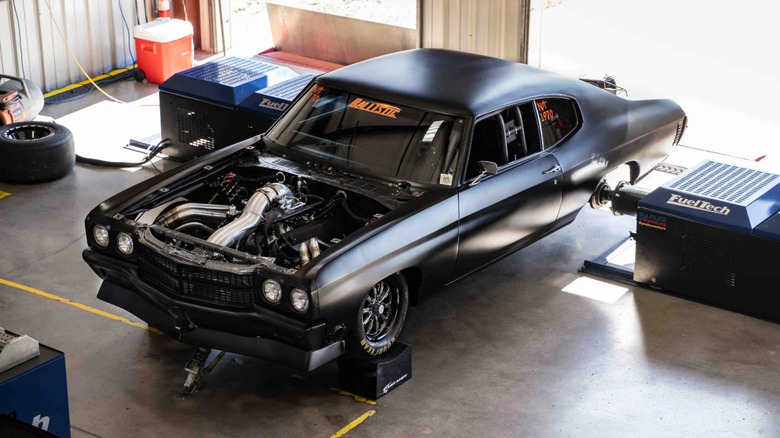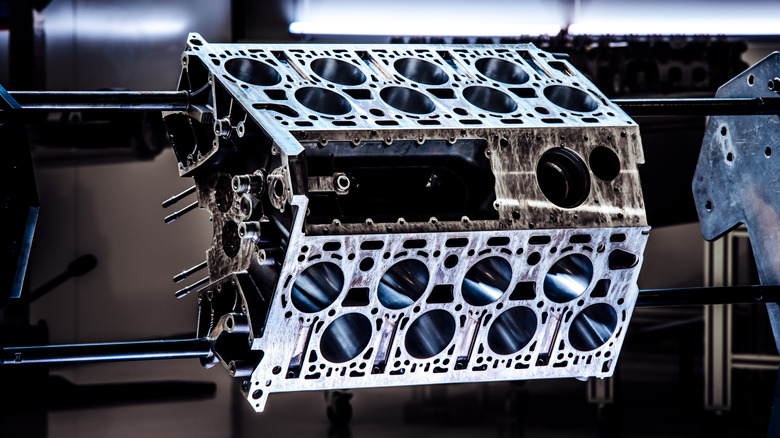What Are The Other Ways Of Measuring Engine Output Aside From Horsepower?
Every time we talk about an engine, we talk about the amount of horsepower it has. Even if we talk about electric motors in most modern EV, we tend to read the horsepower figure to determine the power of the said vehicle. Horsepower, however, is not the only method to convey how powerful an engine is.
There is an interesting history behind the term horsepower, which was coined by James Watt. Surprisingly, watt, is another metric which is used to define power, but James Watt figured that the easiest way to convey the amount of power generated by a machine is by telling them what had worked for them before. Horses had been a major part of transportation before anything else, and it was easier for the general public to draw the comparison when we use horsepower as a metric.
James Watt figured out a way to calculate horsepower. It was essentially the amount of work done by a horse in a said amount of time, and compared it to the steam engines at the time. There are however other ways to measure the output of an engine, and they are widely used in different parts of the world.
How to measure engine output in other ways?
Engine output or power is measured by calculating the amount of work done in a certain amount of time or, in very technical terms, it is the rate at which an engine will turn energy into mechanical work. One way to calculate the engine output is using dynamometers or dyno's as many people know it. It allows us to measure power, torque and force applied.
There is a difference between torque and power, but one can be used to calculate the other. Torque is the amount of force that an engine or a vehicle can produce. It is a little easier to understand than power because the calculation is just the force applied times the perpendicular distance from the point of rotation. Using this torque and engine rpm (rotations per minute), we can easily determine the power of a vehicle.
By doing this, we get the power figure in watts, so1 watt is equal to 1 joule of work done per second. For cars, it is easier to calculate the amount of power in kilowatts (kW) which is equal to 1,000 watts. Coincidentally, 746 watts make 1 horsepower, which is what was the number James Watt came up with while calculating the amount of work done by a horse in unit time while looking for a better way to convey power to the people.
There are many ways to say horsepower
While horsepower is widely used, there are many ways to still refer to engine output in different parts of the world. We talked about kilowatts and watt being the SI units of power, then there is PS (Pferdestärke) which is essentially the German word for horsepower and is equivalent to it. In France, they use CV (Cheval Vapeur) and in many parts of the world people use bhp (brake horsepower) which essentially takes into account the frictional losses of an engine.
Moving away from the automotive industry, there are other ways to measure power as well, like in astrophysics, ergs per second or calories per hour, which believe it or not is also a unit of power. While using horsepower in the modern world makes little to no sense, since modern vehicles have little to no comparison to a horse in reality. This is something that has stuck on with the times and has been used and understood by the general public over the years. This is what James Watt wanted, and this feels especially weird when you think that many horses actually have more horsepower than 1 because James's calculation only considered the average work done by a horse in a day.


